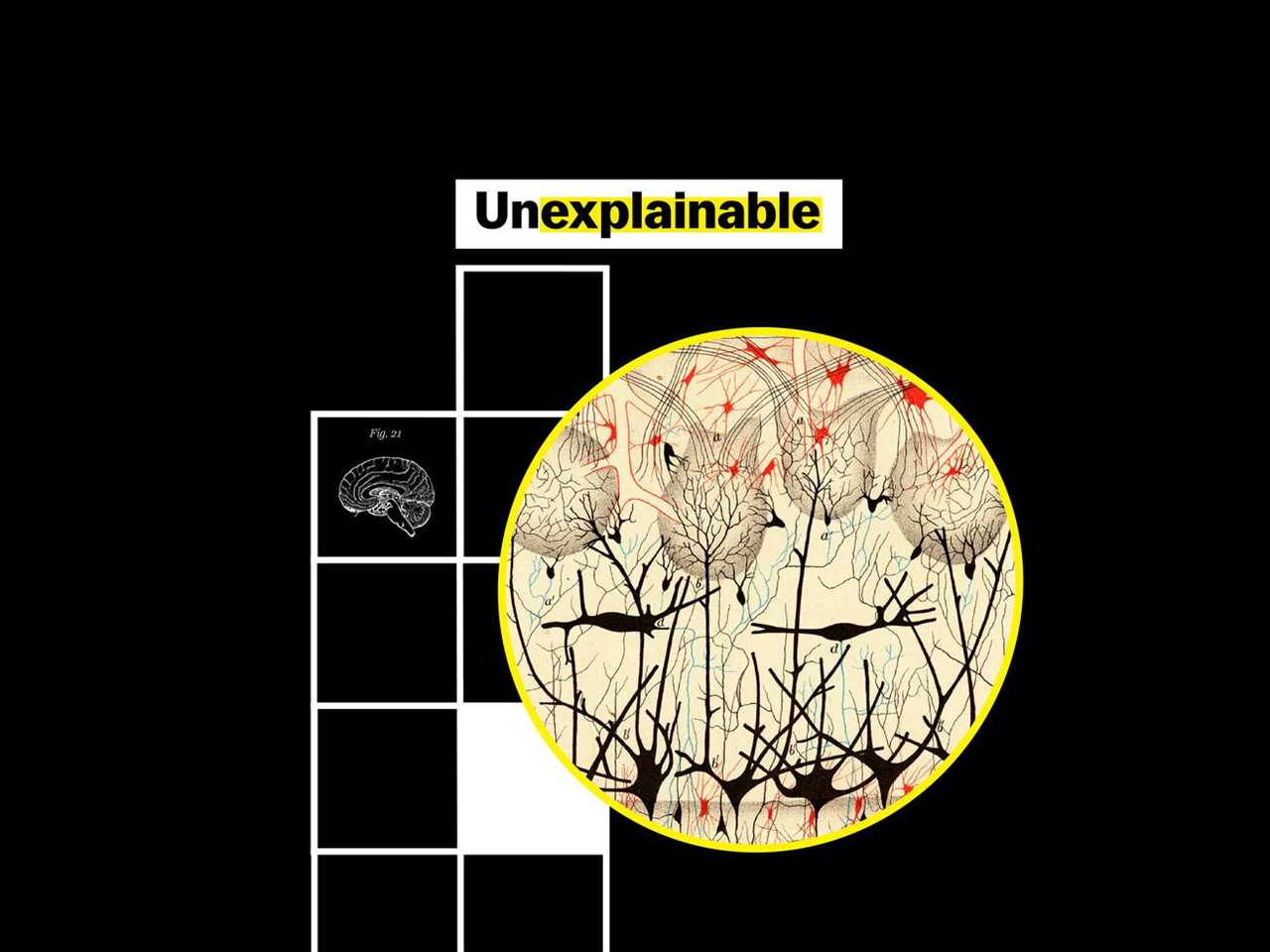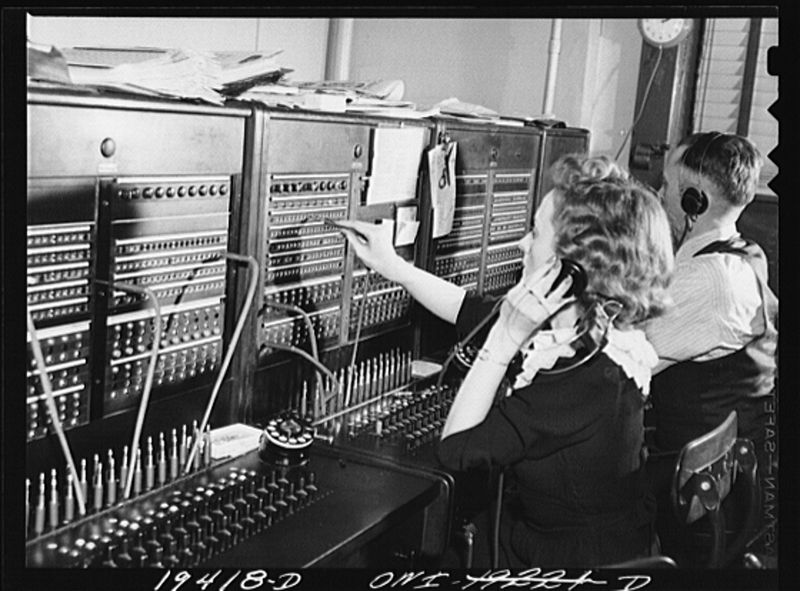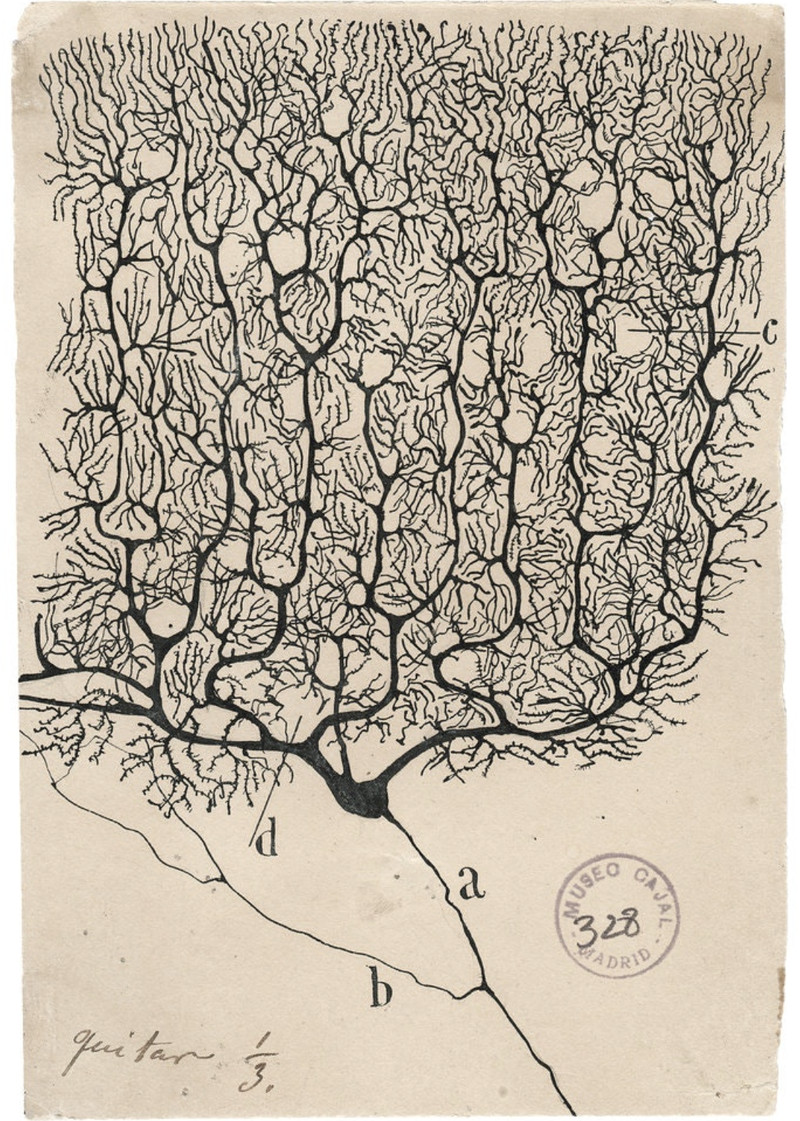
Technological metaphors have helped scientists reimagine the mind, writes Matthew Cobb in The Idea of the Brain.
It’s difficult to talk about the human brain without inadvertently talking about computers. “I’m still processing,” you might say, or “Could we do a quick download about your findings?” Then there’s the favorite phrase of office workers who are stretched too thin: “I don’t have the bandwidth.”
There’s a reason computer metaphors are peppered across academic papers and lectures about the brain, according to Matthew Cobb, a zoologist and the author of The Idea of the Brain, a deep dive into the history of neuroscience. As he looked back centuries at early research into the brain, he kept running into older and older mechanical metaphors.
“I realized that at different times, one of the ways that people have conceived of the brain has been to draw a metaphor between what they think the brain does and the highest technology of their time,” he explains. Different generations of researchers drew connections between the brain and automata, electrical circuits, and the telegraph.
These technological metaphors didn’t just serve as illustrations for existing conceptions of the brain. Instead, Cobb says comparisons to inventions like the telegraph wire — which could transmit information from a central node to distant points in the countryside — actually helped researchers reimagine the brain, spurring leaps in their understanding of the structure and function of the brain.
“Once I’d realized that scientists were using these metaphors or these analogies, that actually enabled me to understand for myself why there have been changes and shifts in our understanding,” Cobb says.
The latest episode of Unexplainable, Vox’s podcast about unsolved mysteries in science, traces the impact of new tools like fMRI that probe the brain’s many secrets. But tools are not enough, Cobb argues: Researchers also need concepts or frameworks in order to interpret the data they gather from their tools. And technologies that have little to do with brain research have often inspired and influenced studies of the mind.
What follows is a transcript of our conversation, edited for clarity and length.
So what’s the timeline here? When did we first start doing this?
Well, the first thing to realize is that even an interest in the brain [came] pretty late. For most of human history, the brain hasn’t been the focus of attention in thinking about perception, emotion, spirit, mind — whatever you might want to call it. It’s been some organ in the body like the liver or the kidneys or the heart.
You mention in your book that phrases like “heartache” or “pulling at heart strings” date back to this idea that thought was occurring in the heart. So when do researchers in Europe start saying, “Oh, maybe it’s the brain after all?”
Not in one moment. You mustn’t get the idea that somebody suddenly did an experiment and said, “Aha!” Instead, there’s this slow accumulation of certainty. First, there’s anatomical demonstration that the “viscera” like the heart have other functions. The heart is a pump, which was demonstrated at the beginning of the 17th century — so it doesn’t have the wherewithal to do the mysterious business associated with perception and thinking and so on.
On the other hand, the brain, as anatomical studies showed, has got all these neurons, and it’s connected by the neurons to all the sense organs and everything else. So gradually, in the course of the 17th century in particular, people became increasingly confident that it was the brain that was doing thinking. How it did it, they weren’t quite sure. Descartes, the French philosopher, looked at mechanical, water-powered, animatronic statues, and he thought, maybe we’ve got some kind of hydraulic system inside us.
We don’t, and it was very soon demonstrated that there’s no kind of water power inside our neurons. But that’s an example of people trying to use technology to explain and understand brain function.
[Researchers were later inspired by clockwork automata, like the one below.]
I think the telegraph was the example that best helped me understand how having a technological metaphor really helped researchers understand the brain. Can you tell me what happened there?
The telegraph is finally mastered in the middle of the 1830s and ’40s, and incredibly rapidly, it spreads over whole continents. And virtually immediately, scientists drew a parallel between those telegraph networks and the nervous system and the brain.
This metaphor of communication, of wires, and above all, there being information in those wires — news, facts, and orders — going from the center out to the periphery to make things happen. That changed very much how we see the brain.
How did thinking of the brain like a telegraph, sending signals out electrically from one point to another, how did that help researchers?
They looked, for example, at the structure of undersea cables that were carrying telegraph messages across the Atlantic, and they could see that there was a central core of copper and then around it was insulation. And then they looked at neurons, at nerves, and they said, “Well, this is exactly the same.” There’s this outer sheath which seems to be insulating it. So even our understanding of the most very basic units of the nervous system began to be completely fused with our understanding of technology.
When did they get to a point where they realized that maybe this telegraph metaphor had its limits, or wasn’t a perfect analogy for the brain?
Well, the key problem with the telegraph system is that it’s fixed and the wiring is static. It doesn’t change. You send a message from headquarters down to your branch office in some suburban place, and that’s it. You can’t decide to reroute that message instead to the head office, to the branch office, or to somewhere next door.
So what happened was that a new technology came along and people start to think, “Well, actually, the brain is much more like a telephone exchange.” Because that was the next big development.

Jack Delano/Farm Security Administration (Library of Congress)
A telephone exchange — is that like the switchboard operators plugging cables in and out?
A telephone exchange in the late 19th century consisted of a grid of slots with wires going into it. And if you wanted to telephone somebody, you’d pick up your receiver at home, and a light would come on in the local exchange. And one of the telephone operators, who would normally be a woman, would then plug a lead into your slot.
She would then say, “What number do you want?” And she would then connect that wire to the number you wanted to talk to. So the key point here is that messages can change their destination. The wiring is flexible, in that it alters depending on what you’re doing, and this coincided with a realization of the structure of the nervous system. Some astonishingly beautiful neuroanatomy, with new stains that people were developing, meant they could see these structures under the microscope in particular.
These structures and their interconnections, they changed with time, and they grew, and our nervous systems aren’t fixed. And that is much more like a telephone exchange than it is like a telegraph system. You still got the idea of messages going down the wires, but now it can change — it can alter and it’s plastic.

Cajal Institute, Spanish National Research Council (CSIC)
And what’s after the telephone?
Well, the dominant metaphor is that the brain is something like a computer. It’s carrying out some kind of calculations. And that idea, which came into being in the 1940s and early 1950s, still dominates over 70 years on.
There are distinct limits to this metaphor. There aren’t many scientists who would say, “Literally, the brain is like a computer with a central processing unit, with a graphics board.” If I take out my graphics unit from my computer, it’s not going to have any image, whereas if I damage a particular part of my brain, if I’m lucky, there may be sufficient plasticity from the other parts of my brain to recover some aspects of those function. Brains are alive.
If we’re seeing the limits of this metaphor that we’ve been working with for 70 years, is that because the computer metaphor has sort of outlived its usefulness? Is there a better metaphor out there?
Well, if I knew that, I’d be very rich. I’m not sure that simply saying, “Yeah, we need a new metaphor,” is going to help us. When I was an undergraduate, holograms were the big deal, but people abandoned it. More recently, with the advent of cloud computing, people started to say, “Well, the brain may be a bit more like a cloud computing system.” But there’s not really been experiments that have emerged from the use of the metaphor.
Brains have evolved over maybe 600 million years. Each animal lineage has got a different kind of brain that responds and processes the world in different ways because of its evolutionary past. So maybe our brains don’t have a single explanation. Maybe that’s a mistake. Maybe we’re just going to have to be content with lots of little explanations.
----------------------------------------
By: Byrd Pinkerton
Title: Is a brain like a telegraph, a telephone, or computer? All of the above.
Sourced From: www.vox.com/unexplainable/2021/11/17/22770720/brain-science-technology-neurology-matthew-cobb
Published Date: Wed, 17 Nov 2021 15:30:00 +0000
Did you miss our previous article...
https://consumernewsnetwork.com/politics-us/the-war-over-redistricting-how-it-broke-open






